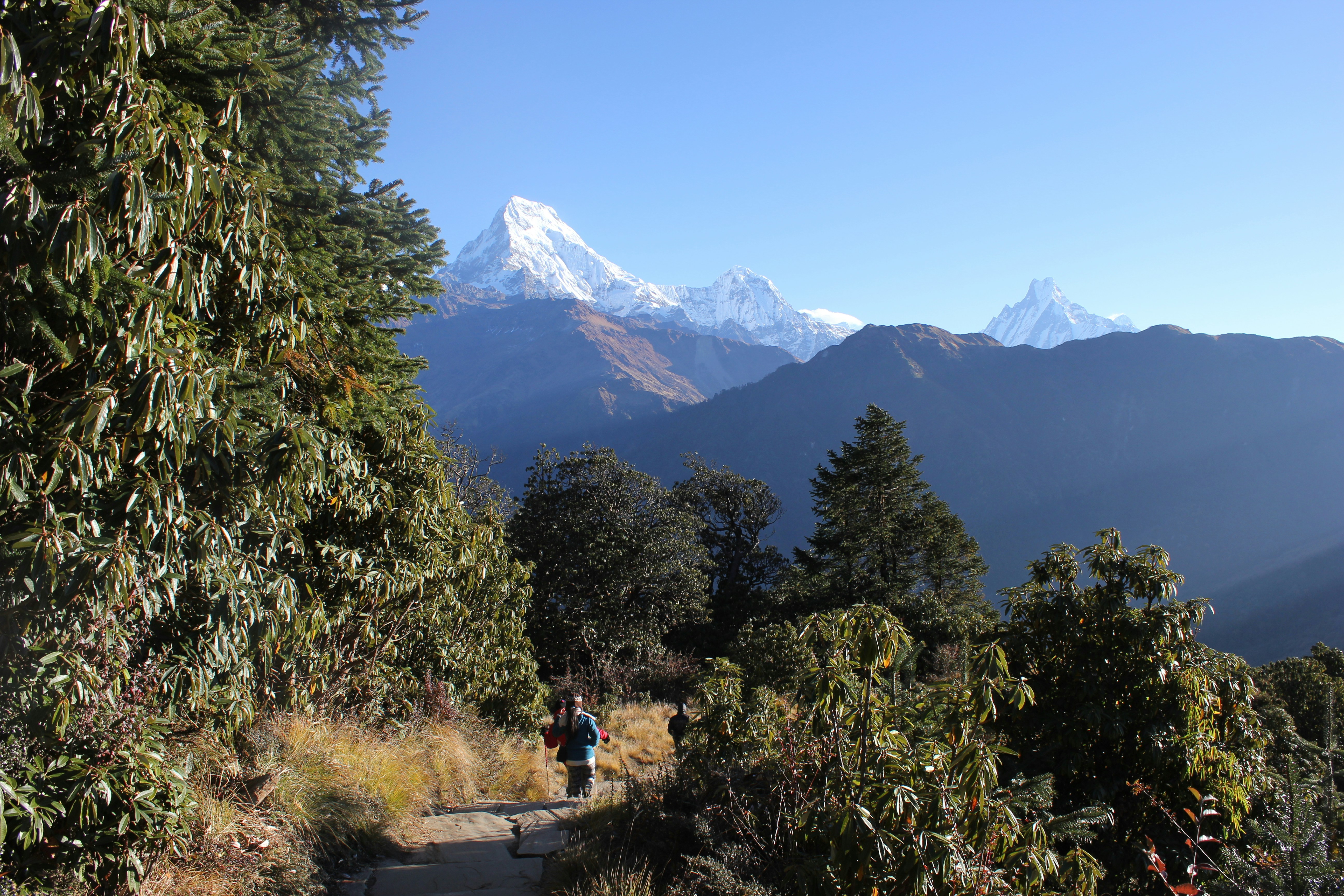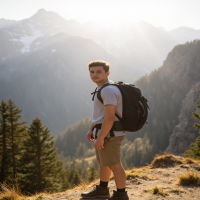Why the Ghandruk Route to Annapurna Base Camp Feels Special

Strong 8k brings an ultra-HD IPTV experience to your living room and your pocket.
As a trekking guide who’s walked this trail more times than I can count, I still feel a sense of peace every time I head towards Annapurna Base Camp (ABC) through Ghandruk. This route isn’t just about reaching the base of a huge mountain. It is about enjoying the quiet forests, listening to rivers, watching village life, and slowly seeing the snow peaks come closer day by day.
Let me take you through what this trek looks like from my eyes as a guide, and maybe as a friend on the trail.
Starting the Journey – Pokhara to Ghandruk
The journey usually starts from Pokhara, a relaxing lakeside city where trekkers get their last dose of luxury before heading into the hills. From here, we drive to Ghandruk, a beautiful Gurung village located at around 1,940 meters. The drive takes about 3–4 hours.
Ghandruk is more than just a starting point. It’s a village full of culture, tradition, and warm-hearted people. The stone houses, terraced fields, and the mountain views (Machhapuchhre and Annapurna South) are unforgettable. If you reach here early, you can spend time exploring the Gurung Museum or just sipping tea while watching the clouds play over the peaks.
Ghandruk to Chhomrong – The Climb and Drop
From Ghandruk, the trail heads to Chhomrong. First, we descend to the Modi Khola river and then climb up again. This part can be a bit tiring because of the ups and downs, but the forest paths and village views make it worth it. Chhomrong sits at around 2,170 meters and gives one of the best views of the Annapurna range. It’s the last permanent village on this route.
Chhomrong is also where we check permits and enter the Annapurna Sanctuary area. It has good lodges, bakeries, and even some Wi-Fi — a good place to rest before heading deeper into the hills.
Into the Forest – Chhomrong to Bamboo
The next day we head down a long staircase to the river, cross a suspension bridge, and then start climbing through bamboo forests. This area feels different quiet, green, and peaceful. You start hearing birds and the river far below.
We usually stop at Bamboo (2,310m) or Dovan (2,600m). These places are inside the forest and quieter than the earlier villages. The air feels fresh and cold, and people often sleep well here after a long day of walking.
Dovan to Deurali – Getting Closer to the Mountains
As we move higher, the forests become thinner. From Dovan to Deurali (3,200m), you’ll notice the landscape changing. It gets more open, with rocky paths and fewer trees. The temperature drops, and the wind picks up a bit. We pass waterfalls, cross wooden bridges, and the river below gets wilder.
Deurali is usually our last stop before heading to base camp. At night, you can hear the wind blowing through the valley. It feels like the mountains are getting closer.
Deurali to Annapurna Base Camp – The Final Push
This is the most exciting day for many trekkers. We start early to avoid afternoon clouds. First, we reach Machhapuchhre Base Camp (MBC) at 3,700m. The view of Machhapuchhre (Fishtail) here is amazing. It’s a sacred peak and not allowed to climb, but it stands tall like a guard before you reach the Sanctuary.
From MBC, the trail slowly climbs to ABC at 4,130 meters. This stretch is open, with big mountain walls rising all around you. Once you reach ABC, you’re right in the heart of the Annapurna Sanctuary — surrounded by giants like Annapurna I, Annapurna South, Hiunchuli, and many others.
No matter how many times I’ve been here, the feeling of standing at ABC never gets old. The sunrise the next morning is something people never forget.
Coming Back – Same Way Down
Most trekkers return the same way, though some choose alternate exits. Going down is easier on the lungs but harder on the knees. We take our time, enjoy the views again, and maybe stop at Jhinu Danda for a relaxing hot spring bath before heading back to Pokhara.
Why Ghandruk Route?
Many people ask me why choose the Ghandruk route? I tell them it’s not just shorter, it’s richer in culture and experience. Starting from a real Gurung village gives trekkers a chance to see the life and culture of mountain people before heading into the wild.
Compared to the route via Nayapul and Tikhedhunga, Ghandruk route saves time and is less crowded in early stages. It’s also better for those who want to skip the long stairs of Ulleri.
Final Words from a Guide
Annapurna Base Camp via Ghandruk is more than a trek. It’s a mix of nature, culture, challenge, and beauty. I’ve seen people cry with joy at the base camp, make new friends, and even discover something about themselves on this trail.
If you’re planning to do this trek, take it slow, talk to the locals, try the dal bhat, and enjoy every step. You don’t need to rush. The mountains will wait.
And who knows — maybe I’ll see you on the trail.
Note: IndiBlogHub features both user-submitted and editorial content. We do not verify third-party contributions. Read our Disclaimer and Privacy Policyfor details.


